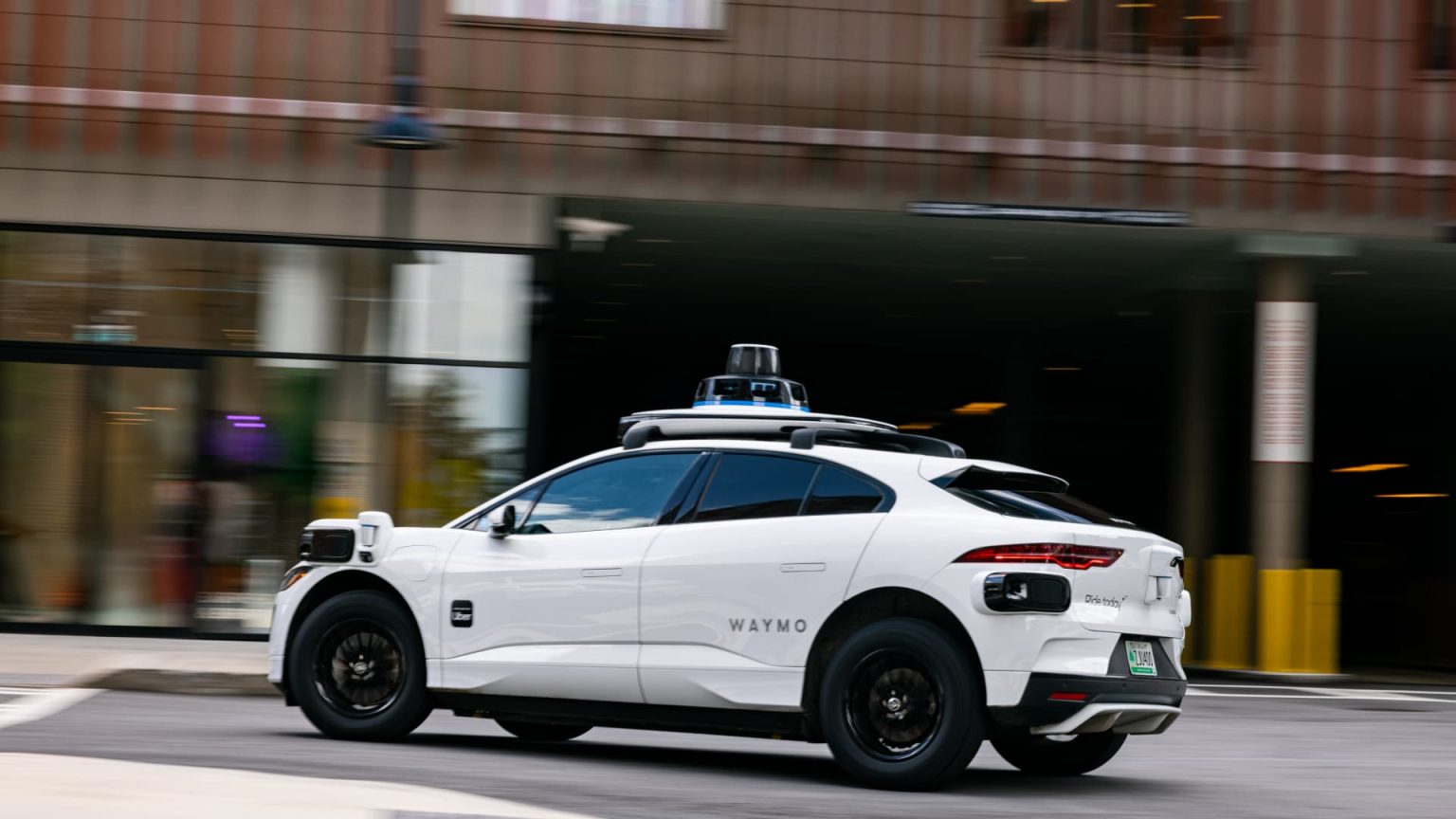In a groundbreaking collaboration, Waymo and Uber Technologies Inc. have launched a robotaxi service that is now accessible to the public in Atlanta. This partnership, which represents an important step in the evolution of autonomous vehicle technology, also includes plans for similar services in Austin, Texas. Equipped with Waymo’s advanced driverless technology, these robotaxis are designed to operate in designated urban areas without human supervision, offering a glimpse into the future of transportation.
| Article Subheadings |
|---|
| 1) Overview of the Waymo-Uber Partnership |
| 2) Service Details and Coverage Areas |
| 3) Comparison with Tesla’s Robotaxi Service |
| 4) Technological Features of the Waymo Robotaxis |
| 5) Future Implications for Autonomous Mobility |
Overview of the Waymo-Uber Partnership
The collaboration between Waymo, a subsidiary of Alphabet Inc., and Uber Technologies Inc. marks a significant milestone in the field of autonomous transportation. Officially announced in September, this strategic partnership aims to integrate Waymo’s advanced self-driving technology into Uber’s ride-hailing platform. The decision to launch the robotaxi service initially in Atlanta reflects both companies’ ambition to expand their territories and adapt to growing consumer demands for convenient and innovative transportation solutions. By pooling their technologies and resources, Waymo and Uber anticipate reshaping urban travel in ways that enhance accessibility and efficiency.
Service Details and Coverage Areas
The robotaxi service will initially cover around 65 square miles in Atlanta, focusing on urban areas while deliberately avoiding highways and the airport for the time being. Passengers can access the service exclusively through the Uber app, creating a seamless experience for users familiar with the ride-hailing platform. This integration also allows Uber users to book rides seamlessly, without needing to download additional applications. Following Atlanta’s rollout, a similar service was launched in Austin, Texas, earlier in March, further expanding Waymo’s reach in the competitive landscape of autonomous mobility.
Comparison with Tesla’s Robotaxi Service
While Waymo and Uber take the lead in autonomous ride-hailing, Tesla is also entering this space with its own robotaxi service, which debuted on an invitation-only basis in Austin over the same weekend. Tesla’s offering is based on the Model Y SUVs equipped with its proprietary driverless technology, which operates only during the day in a geofenced area. Unlike Waymo’s service, which operates without a human supervisor on board, Tesla’s vehicles include a human valet in the passenger seat as an added safety measure. This distinction in operational protocols exemplifies the varied approaches that different companies are taking toward autonomous vehicle deployment, with safety and urban adaptability at the forefront.
Technological Features of the Waymo Robotaxis
Waymo’s robotaxis are characterized by sophisticated technological features that set them apart from their competitors. These vehicles utilize an array of advanced lidar and radar sensors for enhanced spatial awareness and road safety, capturing a three-dimensional view of the surrounding environment. With this level of precision, the Waymo Driver can navigate complex urban scenarios more effectively. The decision to utilize battery electric Jaguar I-PACE SUVs not only aligns with trends toward sustainable transportation but also signifies a commitment to maintaining a robust, technologically advanced fleet. Critics and supporters alike have recognized Waymo’s commitment to hardware innovation, as it continues to enhance its operational complexity and security.
Future Implications for Autonomous Mobility
The successful launch of Waymo’s robotaxi service in conjunction with Uber could have significant implications for the future landscape of urban mobility. As these two companies set new standards in the industry, other competitors, including those in international markets like Baidu’s Apollo Go and WeRide, will likely need to innovate to keep pace. There is also a growing consideration regarding regulatory frameworks and public acceptance of driverless transportation. As cities begin to adapt to autonomous vehicles, urban planners and policy makers will play crucial roles in determining how these technologies will be integrated into everyday life.
| No. | Key Points |
|---|---|
| 1 | Waymo and Uber’s collaboration marks a pivotal moment in autonomous transportation. |
| 2 | The service currently covers 65 square miles in Atlanta, with potential expansion plans. |
| 3 | Tesla has also launched a competing robotaxi service in Austin, but with different protocols. |
| 4 | Waymo’s robotaxis use advanced lidar and radar technology for superior navigation capabilities. |
| 5 | The partnership sets new industry standards, potentially influencing urban mobility in the future. |
Summary
The launch of Waymo’s robotaxi service in collaboration with Uber represents a significant stride in the realm of autonomous transportation. With the integration of advanced technology and substantial market reach, this partnership may redefine urban travel as we know it. As competition intensifies with other players like Tesla and international firms, the implications for regulatory frameworks and public perceptions will be essential in shaping the future of mobility.
Frequently Asked Questions
Question: How does Waymo’s technology differ from Tesla’s?
Waymo utilizes advanced lidar and radar sensors for navigation, whereas Tesla’s vehicles are equipped with its own proprietary driverless technology without similar sensory infrastructure.
Question: Where can users access Waymo’s robotaxi service?
Waymo’s robotaxi service is accessible exclusively through the Uber app in Atlanta and Austin, creating a seamless experience for users familiar with the ride-hailing platform.
Question: What are the future implications of such partnerships in autonomous mobility?
The collaboration may set new standards in the industry, influencing urban planning, regulatory frameworks, and public acceptance of driverless transportation systems.


